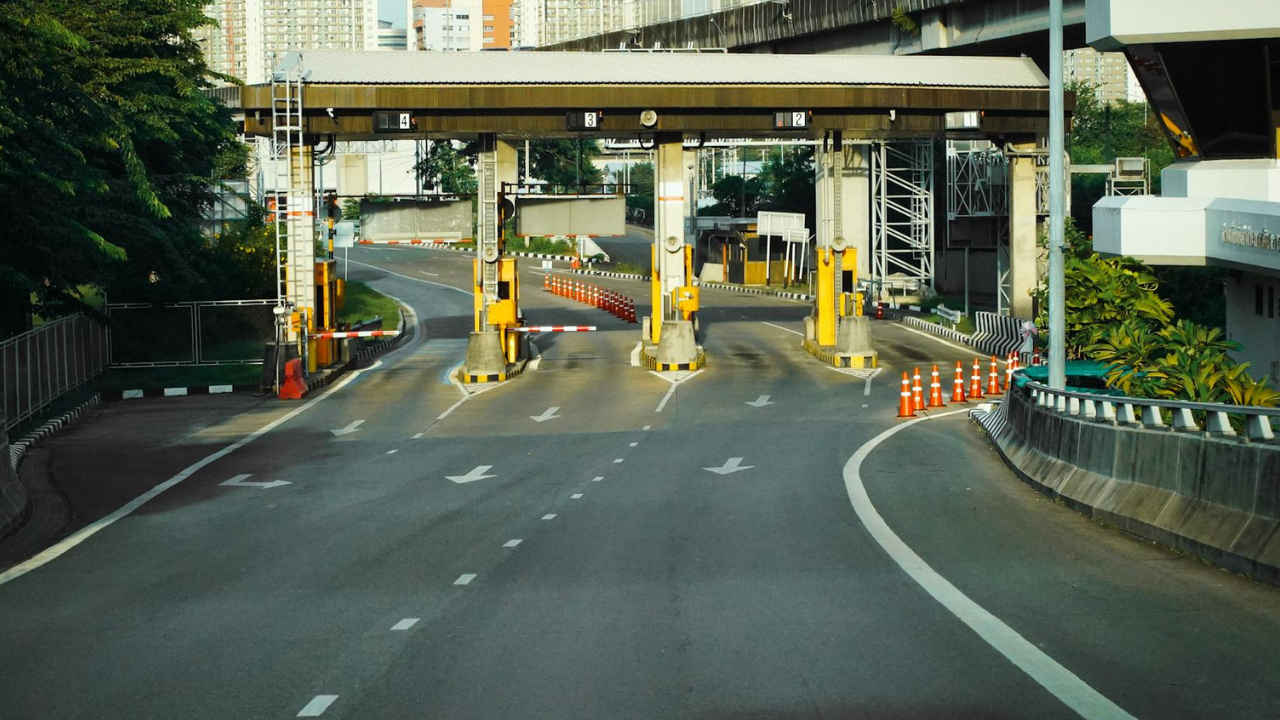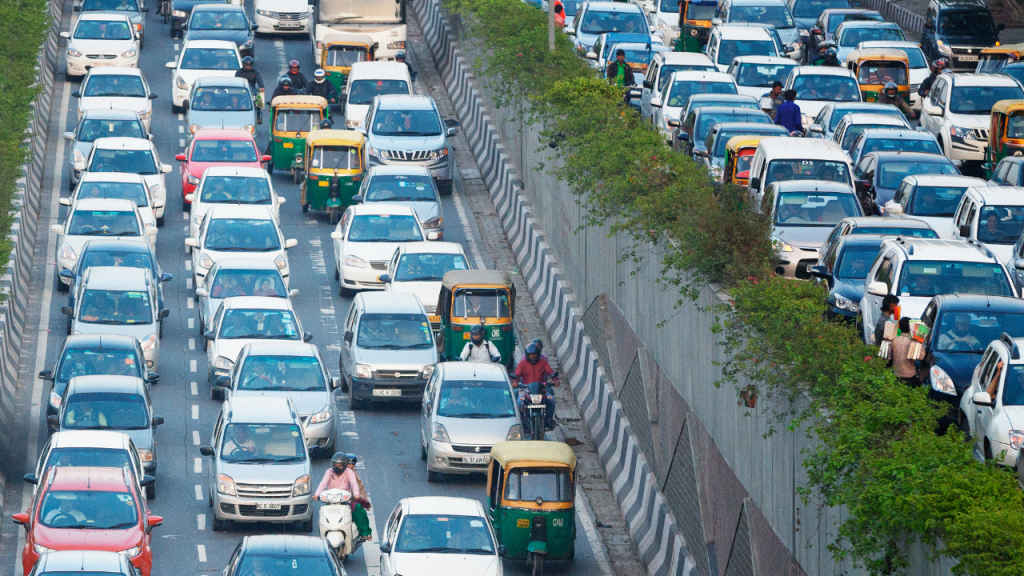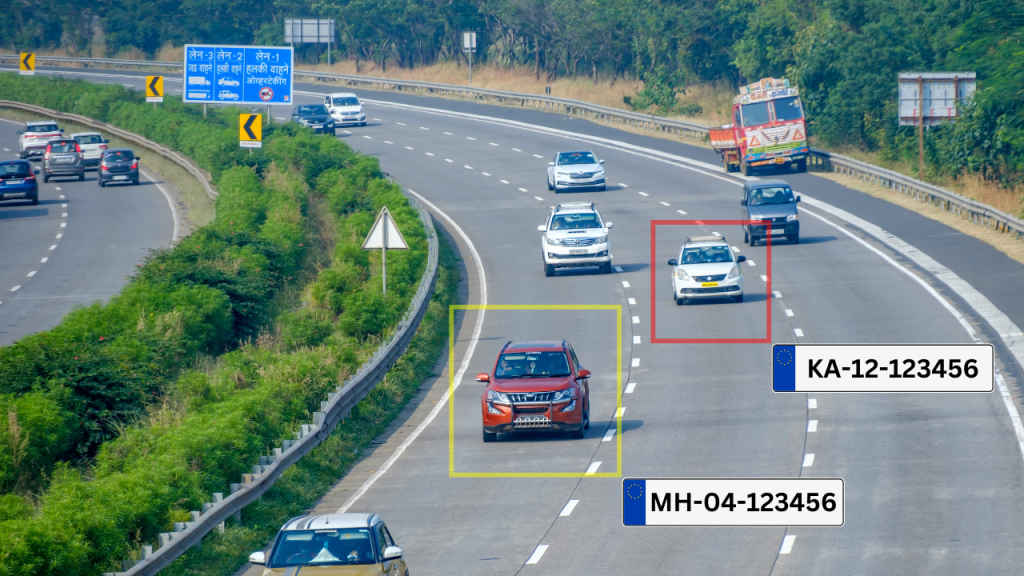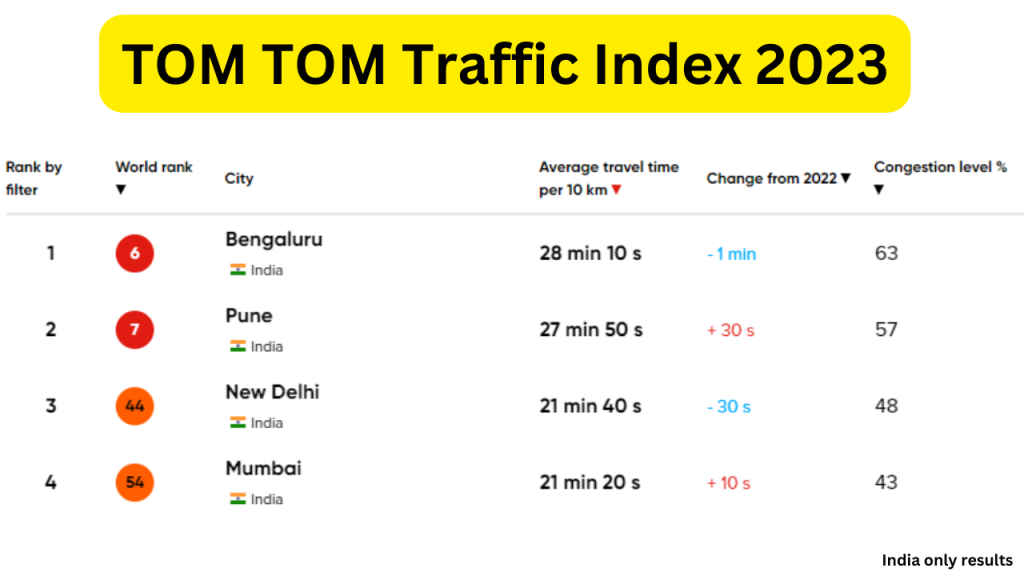How computer vision and AI will automate toll booths on Indian roads and highways

India’s roads and highways need upgrades of all kinds, technological and otherwise – and I say this not as a journalist but also as an average Indian stressed and frustrated with the inefficiency of our major roads and highways. Hence, news of NVIDIA’s AI technology being used by Calsoft, an Indian-American tech company, to help automate India’s toll booths is worth celebrating – any efficiency gains on my work commute is music to my ears!
 Survey
SurveyTo help automate toll booths across Indian highways, Calsoft helped implement a broad range of NVIDIA technologies integrated with India’s revolutionary digital payment system, known as UPI or the unified payments interface, for a client, according to NVIDIA.
Who this client is – whether a public or private entity – wasn’t confirmed by Vipin Shankar, Senior Vice President of Technology at Calsoft; but in an exclusive interview he did explain the NVIDIA AI-powered solution Calsoft has designed and implemented in pilot programs across certain fully automated Indian highway toll booths.
Loading: Fully automated toll booths with AI
The solution Calsoft helped build automatically reads passing vehicle plates and charges the associated driver’s UPI account. While Calsoft didn’t work on integrating UPI within the automated solution, according to Vipin Shankar, they did design the rest of the application’s ability to read number plates via an ANPR (Automated Number Plate Recognition) pipeline that detects and classifies vehicle number plates (or licence plates) as they pass through toll booths.

As part of the pilot program, this Calsoft solution has been deployed in several leading Indian metropolitan cities, and it’s capable of providing 95% accuracy in its ability to read number plates through the testing phase. According to Calsoft’s Vipin Shankar, this ANPR solution can be integrated with the payment mechanism of FASTag. Needless to say, this approach reduces the need for manual toll collection and is a massive step toward addressing traffic congestion on toll booths across major Indian roads and highways.
“A reflection of India’s diversity can be seen on its roadways too, more specifically on the number plates or licence plates of vehicles,” said Vipin Shankar, while talking about the key challenges faced while developing and deploying the automated toll booth solution in India. “For building a system like ANPR, this diversity of number plates poses a unique challenge, as there’s no standardisation of format, no uniformity of background of licence plates both in terms of colours and size of text,” according to Vipin Shankar, highlighting how factors like multilingual or vernacular number plates and no fixed location of licence plates on vehicles in India were all unique challenges to overcome.
Also read: This prototype can transform your car’s windshield into a massive AR display
“In fact, one of the first problems was getting high quality images from the set of cameras we used initially. Decoding the actual letters and numbers from images of such number plates in various climatic conditions came with its own set of challenges for which we employed ML/DL models and NVIDIA Metropolis microservices,” according to Shankar. Metropolis is an NVIDIA framework that allows developers to combine visual data with AI for enhanced operational efficiency.
Upscaling captured images of licence number plates in a variety of environmental conditions was one of the key benefits of NVIDIA AI in the solution they built, according to Calsoft’s Vipin Shankar. “Quality of images of vehicles and number plates captured during night-time or in foggy and rainy conditions may lack in clarity. Sometimes there could be shakiness in cameras that could add to the noise in an image. This impacts character recognition and assessment,” he said.

“We used object detection algorithms like YOLO and also NVIDIA microservices that can deploy AI models that are designed to enhance low-light images and improve visibility of number plates at night. These models can amplify brightness, reduce noise, and also apply de-noising and de-hazing techniques. We used NVIDIA DeepSort (of NVIDIA Metropolis Microservices) for tracking and assigning IDs to objects. All these models were deployed on NVIDIA Triton server,” confirmed Shankar.
Designing an AI solution for multiple use cases
In order to ensure that their solution is scalable and adaptable to future growth, considering India’s vast and varied road network that’s second largest in the world with over 1000 toll booths, Calsoft took a number of forward-thinking decisions, according to Vipin Shankar.
Also read: From AI to safety: Indian Railway’s tech transformation blueprint by Alstom
“Scalability can be addressed in a multi-pronged way. Number of cameras can be increased to capture more vehicles. This Edge solution that has been built can handle multiple camera feeds, and the system has been designed to handle approximately five times more traffic load than current peak traffic levels. Also the ANPR system has been designed using microservices architecture, as NVIDIA’s Metropolis is a set of cloud-native services designed for scalability and adaptability across a wide range of environments,” he further added.
The main benefit of this system is, of course, having a smooth-flowing (no stopping at toll booths) traffic on highways leading to reduced travel time and lower consumption of fuel. However, Calsoft’s Vipin Shankar suggests some additional ways their AI-powered solution can be used.

“Pro-rated charging (pay-for-the-stretch used) for the distance you travel, parking management services like pre-registration of vehicles to allow pre-approved or known vehicles free or discounted parking, non-registered vehicles being charged per hour basis, mobile integration for effortless direct payment is possible to do,” according to Vipin Shankar. Additionally, this solution will also be beneficial for law enforcement agencies to detect fake number plates or identify genuine owners of vehicles on the road. Shankar also believes that ANPR can be used to monitor the vehicles’ average speed and can identify the vehicles that exceed the speed limit. ANPR can also help in tracking stolen cars and their speedy recovery.
Needless to say, this toll booth automation pilot program based on Calsoft’s solutions on the NVIDIA AI platform is a breath of fresh air on India’s roads and highways. As a daily commuter who has often found myself stuck in endless queues at toll booths, the thought of a future where AI and computer vision technologies streamline this process is incredibly exciting. Let’s hope that this is just the beginning of a smarter, more efficient road network not just in our backyard but across entire India.
Jayesh Shinde
Executive Editor at Digit. Technology journalist since Jan 2008, with stints at Indiatimes.com and PCWorld.in. Enthusiastic dad, reluctant traveler, weekend gamer, LOTR nerd, pseudo bon vivant. View Full Profile